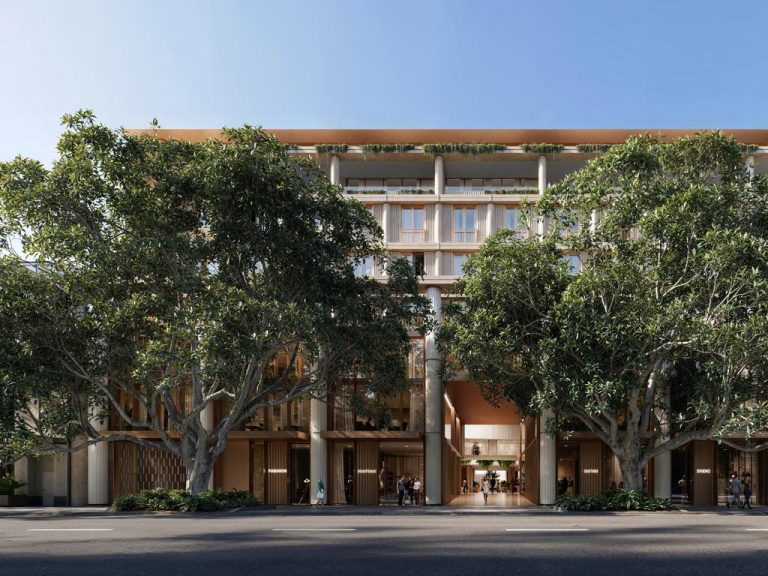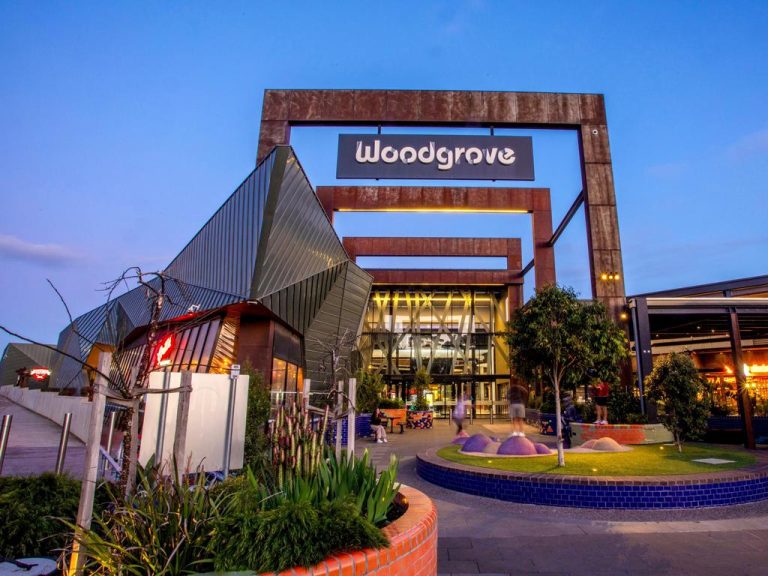Tower Trouble: Mirvac fund units marked down on discount trades in sign of office gloom
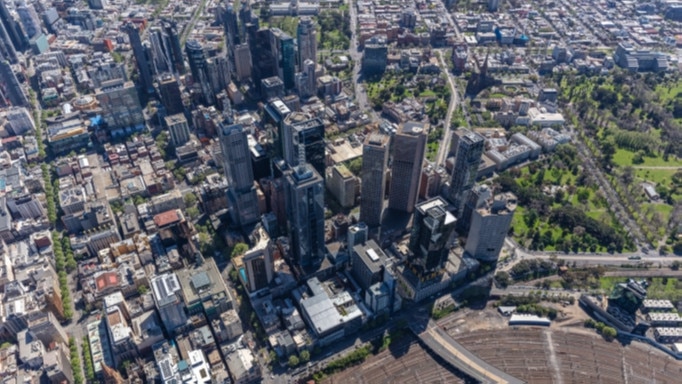
Charter Hall has bought the freehold of the Collins Place precinct in Melbourne.
Investors in the $7.3bn office fund which Mirvac plucked out of the AMP Capital empire last year have been selling units at deep discounts, showing the tough prognosis for the office sector is also hitting the unlisted world hard.
Major listed real estate investment trusts focused on offices are stuck at discounts that reflect wariness about valuations and a structural shift away from even the best towers as vacancy levels have jumped to mid-1990s levels.
The Mirvac Wholesale Office Fund owns stakes in some of the country’s best towers, but investors are exiting at discounts of 15 per cent to 20 per cent as even the prime end of the office market falls out of favour.
The office vehicle owns interests in properties including Sydney’s Quay Quarter Tower and Melbourne’s Collins Place, and the current manager last year won a proxy battle that took it away from Dexus, which acquired the bulk of the local AMP Capital real estate and infrastructure funds business.
An AMP feeder fund which invests in trust confirmed that units had traded at steep discounts and applied -20 per cent valuation overlay to its MWOF holding in May.
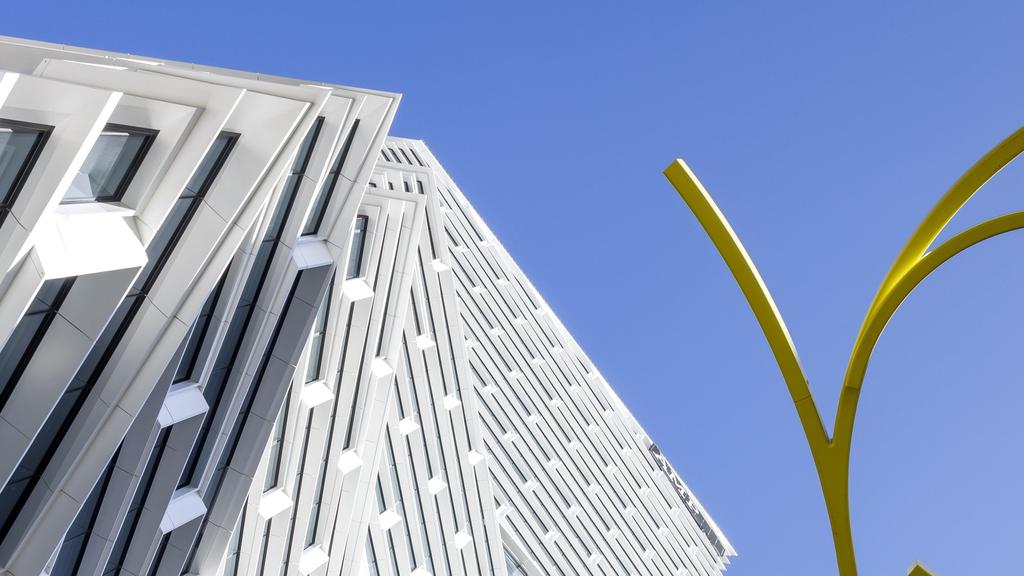
The office market’s woes have hit the unlisted sector, where big discounts are now in play as investors get out.
The trading has seen Singaporean sovereign wealth fund GIC bump up its holding in the fund, industry sources said. These trades struck at a discount make it tough to raise fresh equity from new investors, which the manager Mirvac had flagged it was engaging with earlier this year.
The fund was the best performing Australian wholesale office fund over five years to the end of December.
It had more than 40 investors, and Mirvac said earlier this year there was “positive engagement” with potential new fund entrants.
But industry players said the “grey market” for discounted units was active across the industry, with widespread availability in major office funds where redemption windows had passed and investors wanted out.
But there has been a steep decline in demand for units on the secondary market, with the now Mirvac-run fund previously having a secondary board which traded hundreds of millions of dollars worth of units in line with their underlying value.
The feeder fund said that the “valuation overlay” reflects trading activity in MWOF units “at a material discount to the Net Asset Value reported by MWOF”.
“The valuation overlay is intended to ensure the Fund’s assets are recorded at market value and that investors as a whole are treated equally,” the fund reported. It said the overlay was likely to continue to apply until the net asset value of MWOF was a reasonable reflection of market value.
MWOF invests in $7.3bn of high-quality office assets in Sydney and Melbourne and holds premium and A grade assets. It has a high tenant occupancy rate of 90.7 per cent and weighted average lease tenure is 5.5 years, with gearing at 20.4 per cent at the end of June.
Senior sources with knowledge of the fund said that it faced heavy redemptions, and there was also a high level of secondary units available. But Mirvac has the properties valued quarterly, and property executives noted it had not significantly changed their value with the overlay applied by another manager with its own requirements.
In February, Mirvac said it had committed $500m in two tranches to a co-investment stake in the prime fund, which it expected to deploy in the last half. It said then there was an opportunity to bring alignment to its capital partners, and it had conviction in the product.
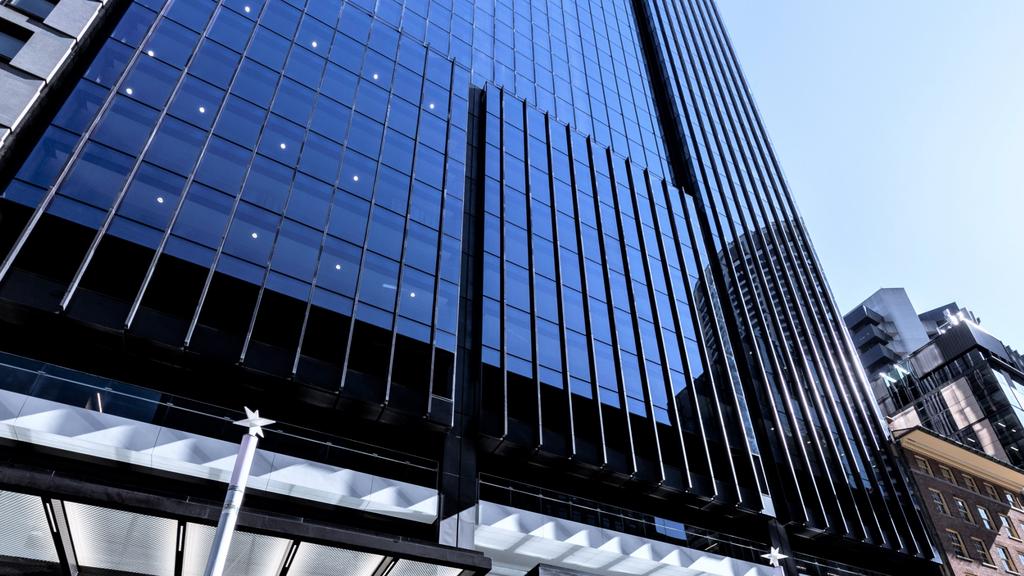
Brookfield Place on George Street in Sydney. Picture: Supplied
At the time, Mirvac said it was selling older real estate on the balance sheet, redeploying some capital into MWOF, which was an important trade from a quality perspective. Last December, S&P Global Ratings revised the fund’s outlook to stable on the easing funding strain and reaffirmed its A- rating.
The agency said Mirvac’s proposed $500m liquidity facility would help ease pressure on the fund’s liquidity and financial leverage. It said Mirvac’s equity underwriting of $271m as part of the proposed liquidity facility should also strengthen its credit metrics and bolster its balance sheet.
The agency’s outlook reflected its expectation that MWOF would maintain its high-quality portfolio of office assets and solid market position while also handling developments.
At the time, the fund has outstanding unitholder redemption requests of about $125m, and the agency said Mirvac’s liquidity facility would help fund outstanding redemption payments in 2023.
“In addition, we expect the fund’s active dividend reinvestment plan and proposed equity raising (partially underwritten by Mirvac as part of a liquidity facility) to underpin its improved credit metrics,” it said.
S&P said it expected MWOF’s well-positioned portfolio of high-quality assets to withstand evolving work-from-home trends. It said the fund’s portfolio of high-quality office assets in strong office markets should continue to attract tenants seeking quality office space.
The fund also has stakes in Sydney towers like Brookfield Place and Angel Place, as well as the South Eveleigh complex.
Few such buildings have traded in the wake of dramatic interest rate increases, which have prompted a pause in deal-making amid concerns of deeper value falls.
Industry superannuation funds have also signalled their desire to trim their exposure to traditional property with offices on the block, just as many eschew large malls.


